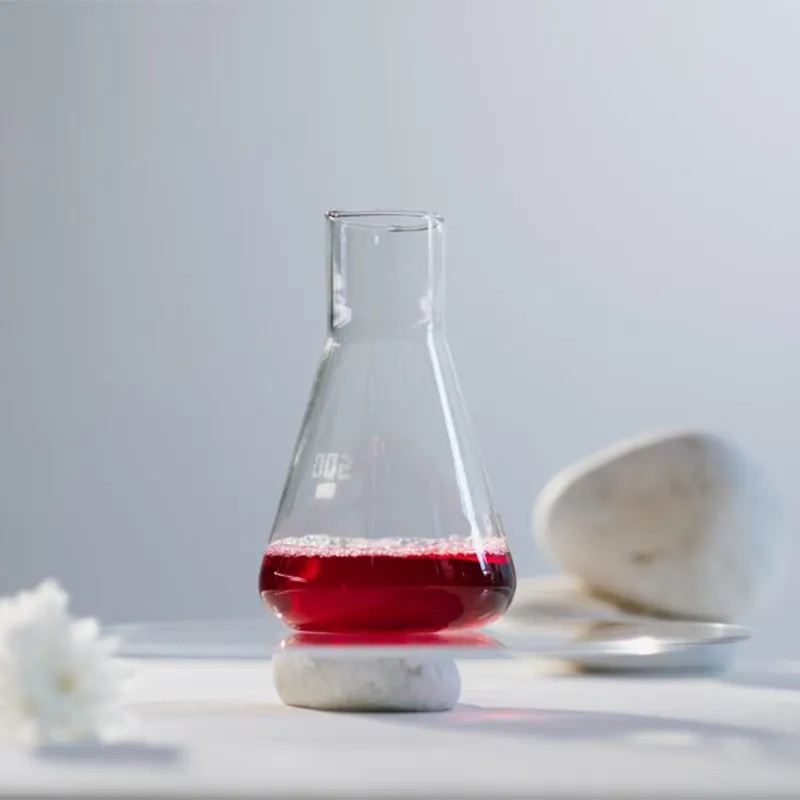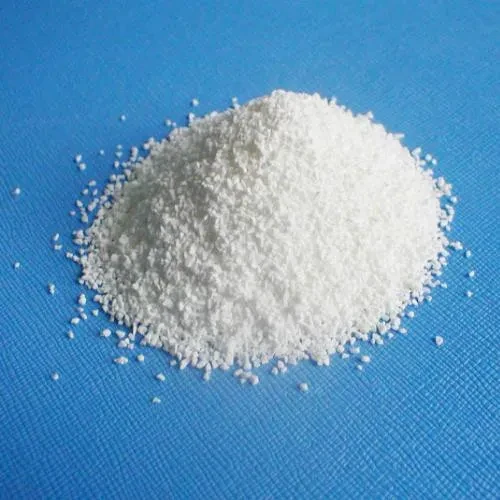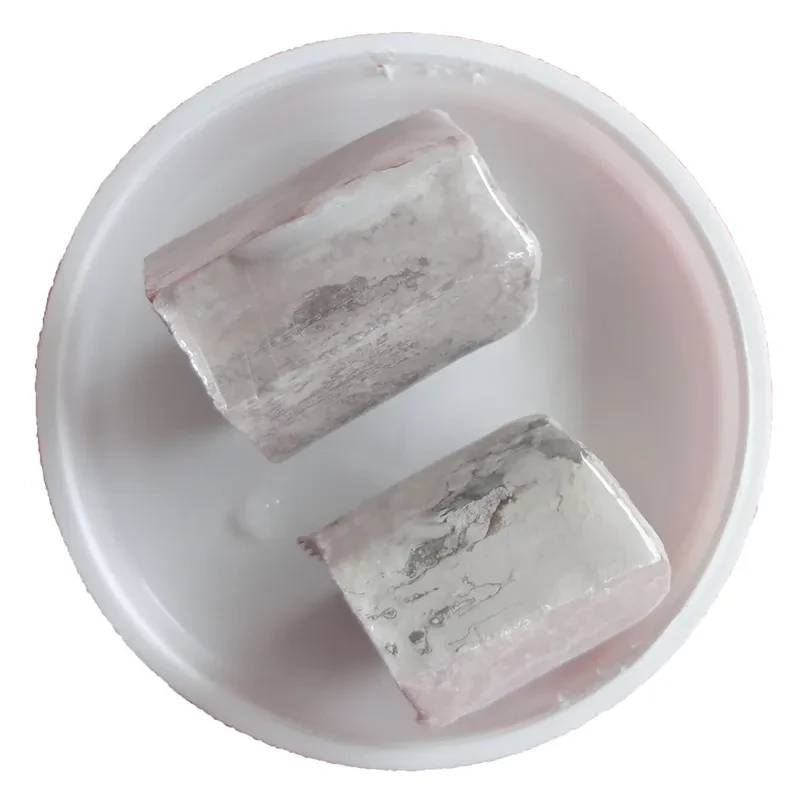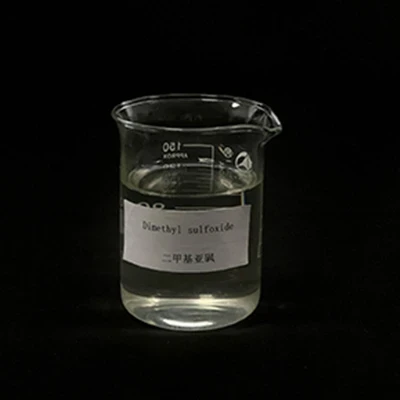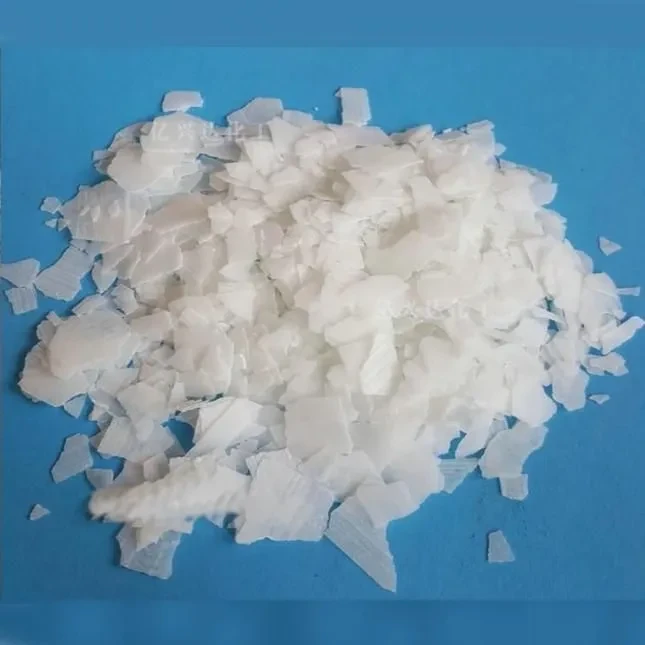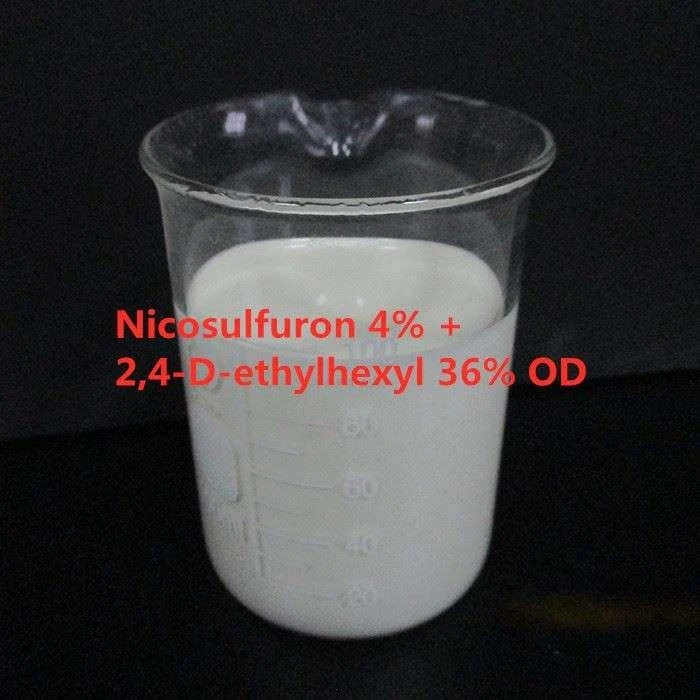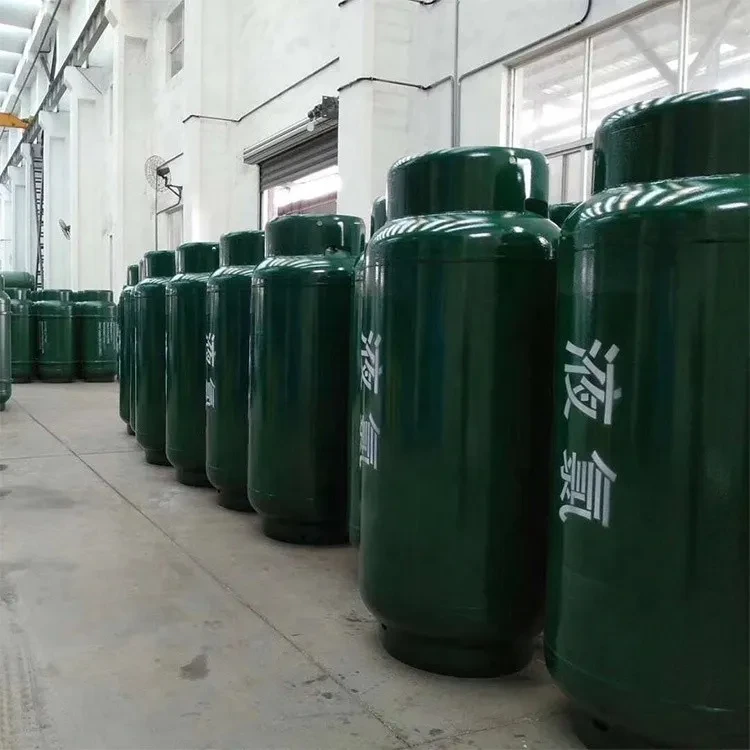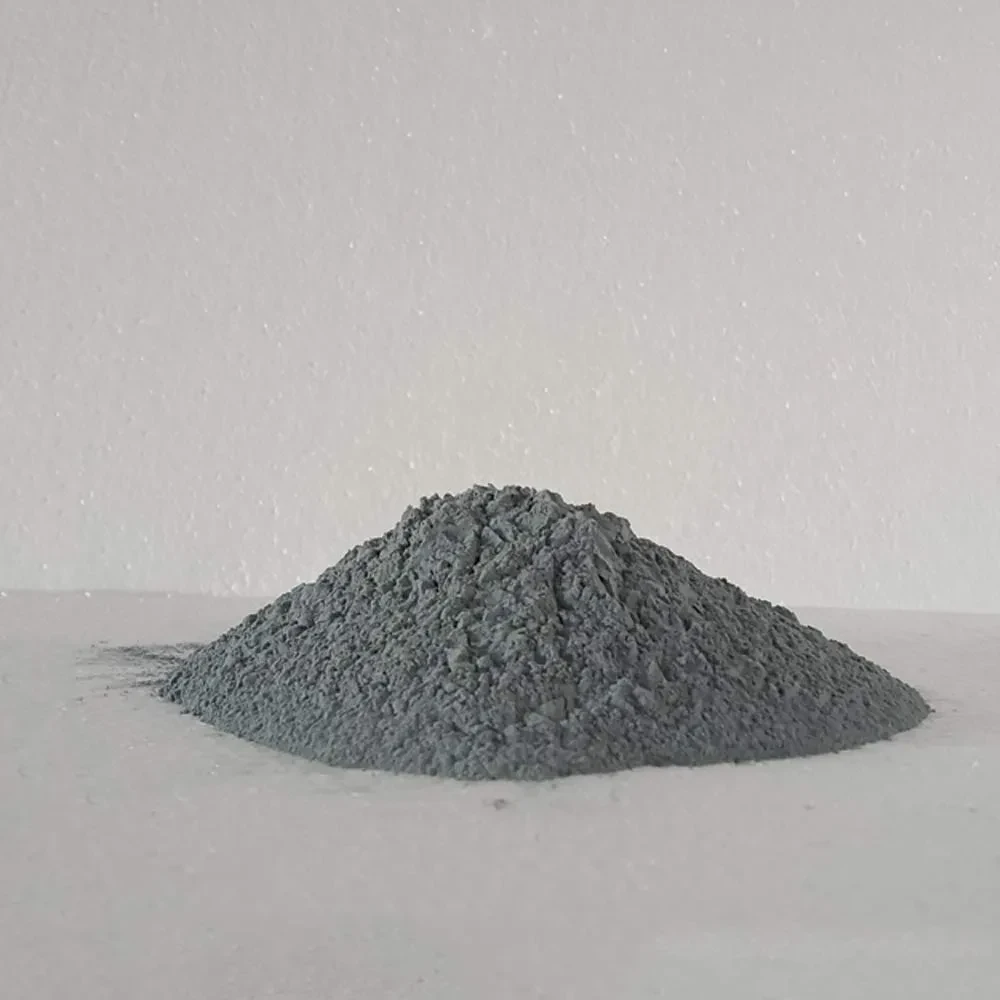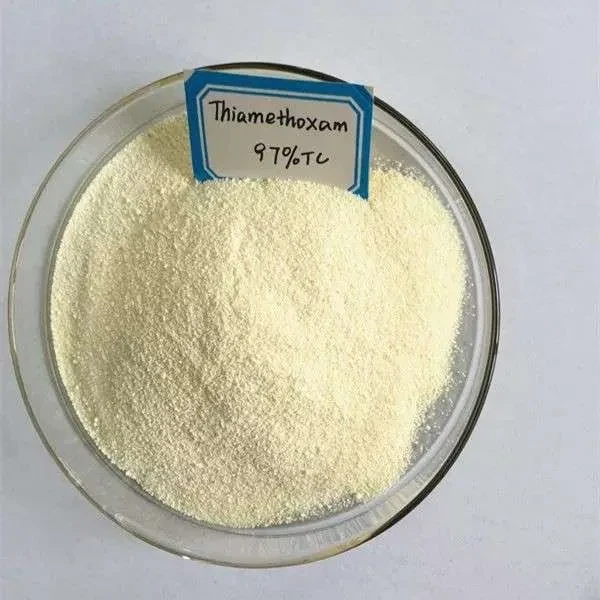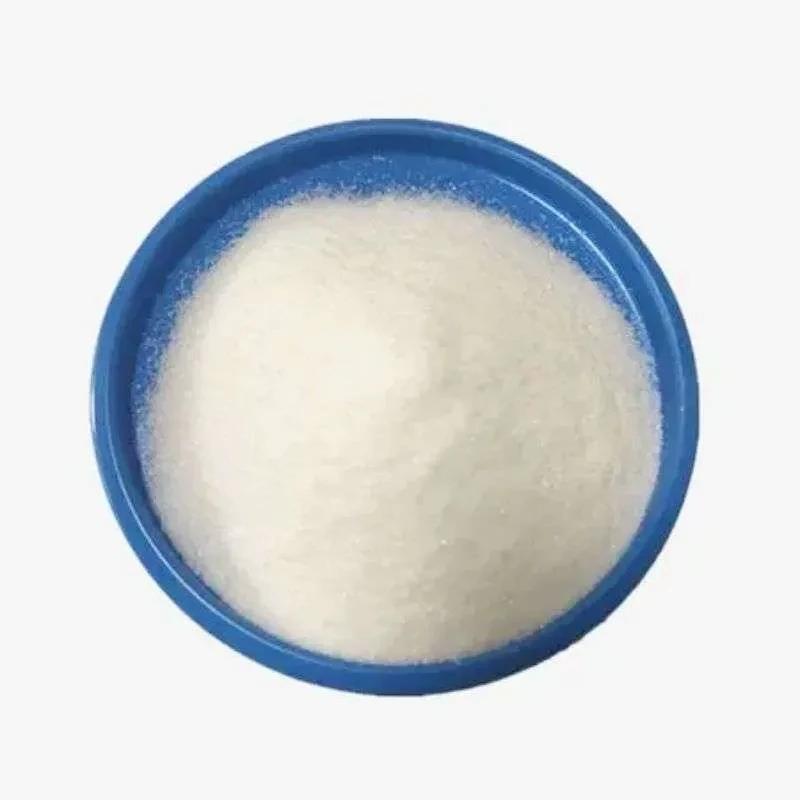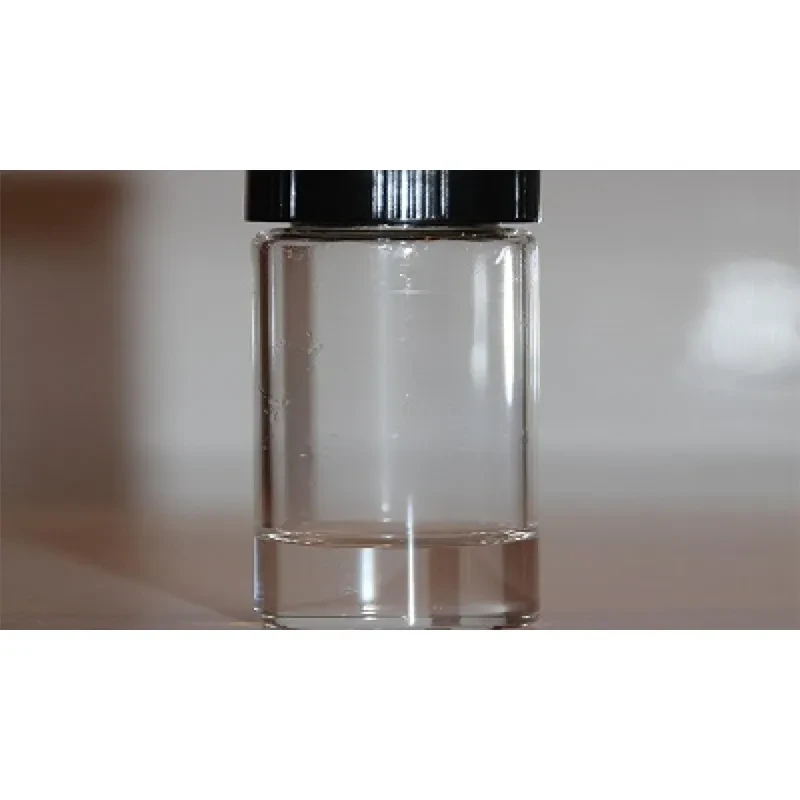Molecular weight: 63.0128
CAS No.: 52583-42-3
Fuming nitric acid is a reddish fuming liquid. Fumes in moist air. Often used in an aqueous solution. Fuming nitric acid is concentrated nitric acid that contains dissolved nitrogen dioxide.
Nitric acid is a solution of nitrogen dioxide, NO2, in water and so-called fuming nitric acid contains an excess of NO2 and is yellow to brownish-red in color.
Most commercially available concentrated nitric acid is 68-70%. Nitric acid at concentrations greater than 86% is considered to be fuming nitric acid, which is significantly more hazardous.
If the solution contains more than 86% nitric acid, it is referred to as fuming nitric acid. Fuming nitric acid is characterized as white fuming nitric acid and red fuming nitric acid, depending on the amount of nitrogen dioxide present. At concentrations above 95% at room temperature, it tends to develop a yellow color due to decomposition.
|
Attribute |
Concentrated Nitric Acid |
Fuming Nitric Acid |
|
Chemical Formula |
HNO3 |
HNO3 + H2O + N2O4 |
|
Concentration |
65-70% |
~90% |
|
Color |
Colorless to pale yellow |
Yellow to reddish-brown |
|
Odor |
Pungent |
Pungent |
|
Boiling Point |
83-86°C |
120-125°C |
|
Reactivity |
Strong oxidizing agent |
More reactive than concentrated nitric acid |
|
Uses |
Manufacturing explosives, dyes, and pharmaceuticals |
Etching metals, manufacturing explosives, and rocket propellants |
Concentrated nitric acid and fuming nitric acid are two distinct forms of nitric acid, each with its own set of attributes and applications. Concentrated nitric acid, with its high concentration of nitric acid, is widely used in laboratory settings and various industries for its oxidizing and corrosive properties. On the other hand, fuming nitric acid, with its higher concentration of nitrogen dioxide, is even more reactive and finds applications in explosives manufacturing, precious metal purification, and specialty chemical production.
Regardless of the form, it is crucial to handle both concentrated nitric acid and fuming nitric acid with extreme caution and adhere to proper safety protocols. These chemicals should only be used by trained professionals in well-ventilated areas with appropriate protective equipment to minimize the risks associated with their corrosive and toxic nature.



